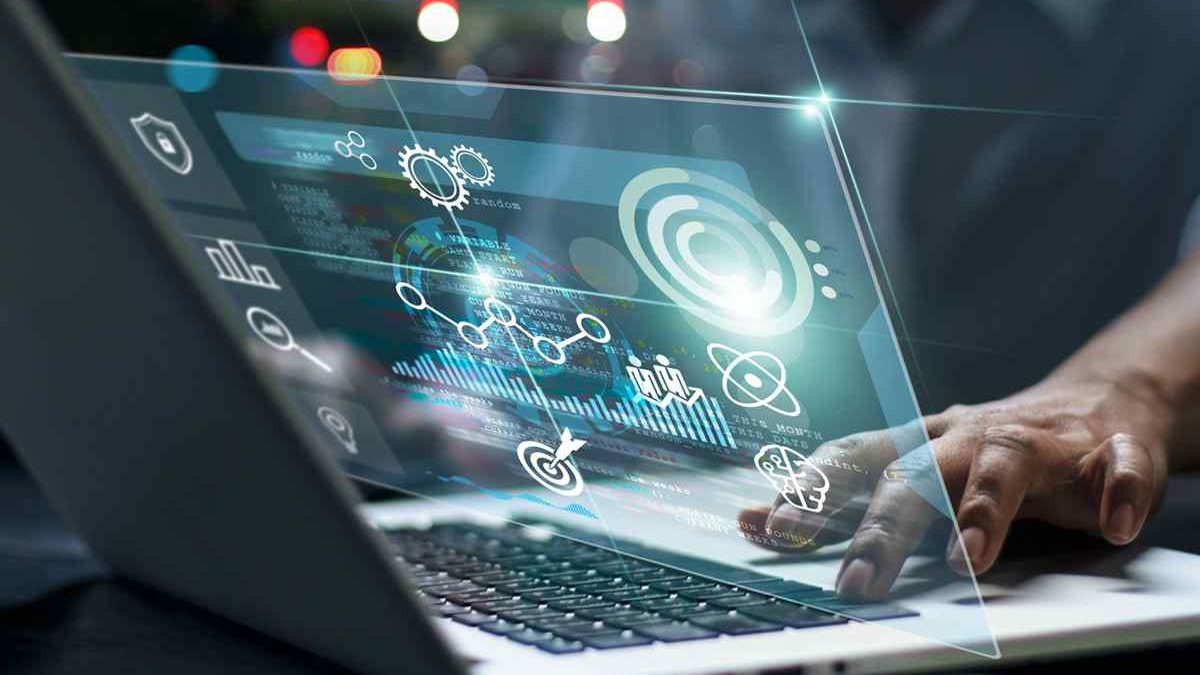As the role of carers has grown in recent years, so too have the technological advances that are helping them to provide home health care. Technology is providing carers with much-needed support, enabling them to manage complex medical conditions and monitor vital signs remotely.
From wearable monitoring devices to virtual reality (VR) simulations for training purposes, technology is streamlining healthcare processes and enhancing patient outcomes.
In this article, we look at how technology is transforming the work of carers – from communication tools to remote monitoring systems – and what they need to know about using it safely and effectively.
Table of Contents
Communication Tools – From Telehealth to App-Based Interfaces
Telehealth is becoming increasingly popular as an effective way to stay connected with patients and provide healthcare services remotely. It is home health care software that makes this possible. It can achieve this in many cases, along with more efficient scheduling and admin functions.
In addition to providing carers with access to a wide range of medical advice and support, telehealth also enables them to keep in touch with their patient’s families and other carers.
Many telehealth systems now offer video conferencing, allowing for face-to-face interaction with patients over the Internet.
In addition to telehealth, carers can also make use of app-based communication interfaces to manage care remotely. These apps provide a range of features, including reminders, appointment scheduling, and medication management, in addition to sending alerts to carers if a patient fails to take their prescribed medications.
It is far easier to keep in touch with patients and clients in every way when the processes are guided by software designed for the task. There is now software specifically designed to help the carer out. It can perform all the functions necessary to schedule and record the relevant details about patients for continuity of care. Everyone needs to be on the same screen when it comes to long-term care.
Remote Monitoring Systems – From Wearable Devices to Smart Homes
The use of remote monitoring systems is enabling carers to monitor patients’ vital signs from the comfort of their own homes. Wearable devices such as fitness trackers and smartwatches can be used to monitor heart rate, respiration rate, blood pressure, and other important indicators.
Smart home systems are also becoming increasingly popular as they provide carers with an extra layer of security, allowing them to keep an eye on their patient’s activity even when they are away from the house.
It is software that allows for a more remote activity that will ultimately benefit those less mobile who cannot travel easily to a location for help that can be delivered this way. This will save on commuting time and expense where it is possible.
Virtual Reality (VR) Simulations – For Training and Education
Virtual reality (VR) is being used to provide carers with a more immersive form of training. Through simulations, they can gain an understanding of how to handle different clinical situations in a safe and controlled environment.
VR simulations also allow carers to practice specific techniques, such as administering medication or first aid so that they can be confident in their skills and knowledge when caring for a patient.
This is as realistic as it gets when it comes to training and it will ultimately be the patient that benefits from better treatment the first time a newly trained carer comes into contact with them.
Conclusion
Overall, technology is playing an increasingly important role in the work of carers. From communication tools to remote monitoring systems and VR simulations, it is providing them with the support they need to provide home health care safely and effectively.
However, carers need to ensure that they are using technology safely and per any relevant regulations or standards. By investing in the right technology, carers can enhance patient outcomes and provide a higher quality of care.



Review The Technology Carers Now Rely On.